
Article Summary: National Parks Near Portland
National Parks near Portland. There’s so much more to this beautiful state than Washington Park and the Columbia River Gorge. In this article, we’ll familiarize you with the incredible national park sites that are within a five and a half hour drive (or less) of Portland.
Portland is a fun, quirky little city, known for its super fun attractions and its innovative art scene. There’s plenty to see and do here, from music festivals to bike rides, and its ever-growing popularity lends itself to trendy craft breweries, food trucks and fabulous restaurants.
But there’s also 6 national park sites for you to see that are within a day’s driving distance from the city.
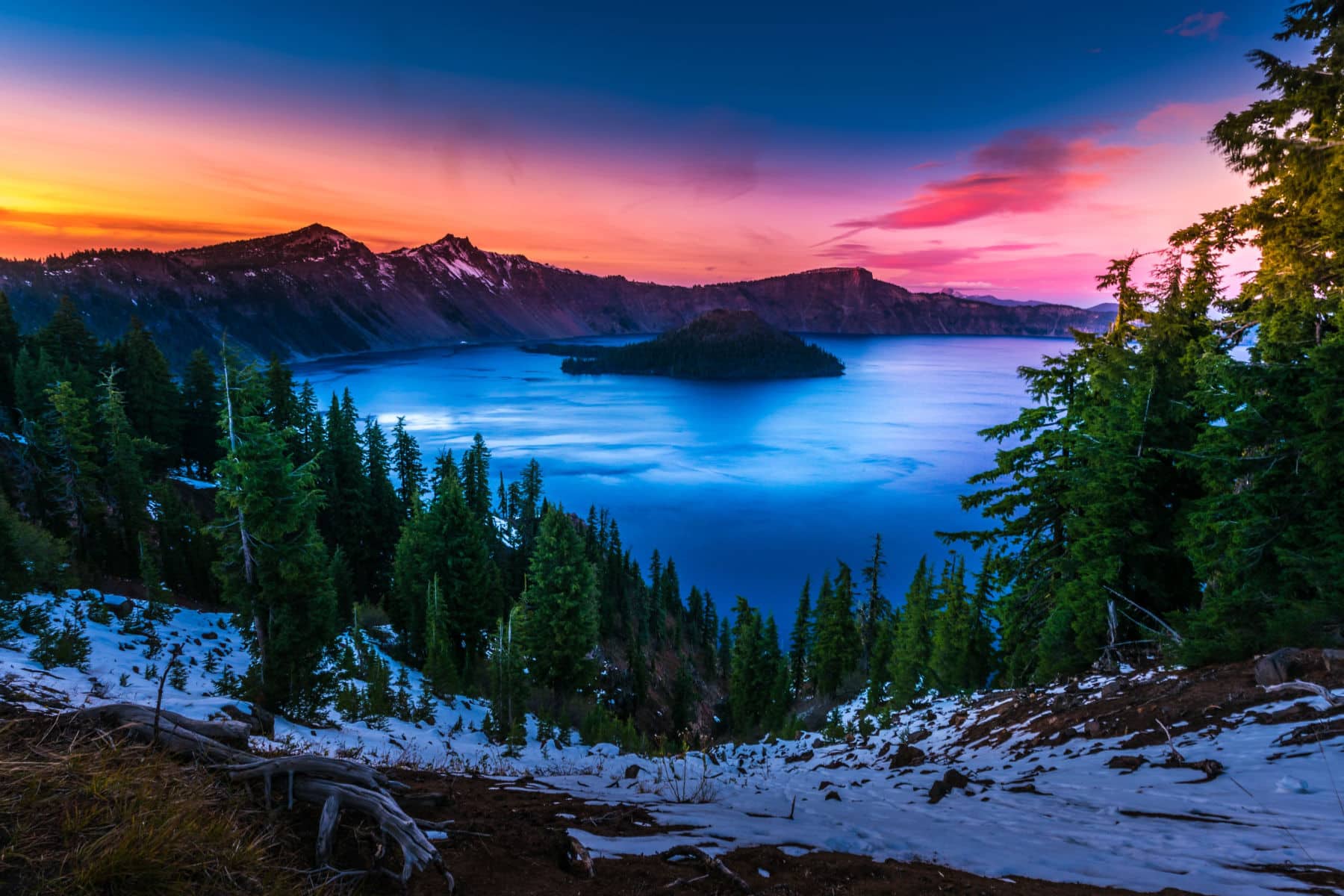
So, What Is A National Park?
We get asked that question a lot because there’s a difference between a “national park” and a “national park site.” To help you understand that difference you might want to check out our article titled: What Is A National Park Really?
If you’re planning a trip to Portland then one book that I highly recommend is: Walking Portland: 30 Tours of Stumptown’s Funky Neighborhoods, Historic Landmarks, Park Trails, Farmers Markets, and B by Becky Ohlsen.
Now let’s go ahead with 6 reasons why you’ll want to make a drive of five and a half hours (or less) from Portland to one of these amazing places.
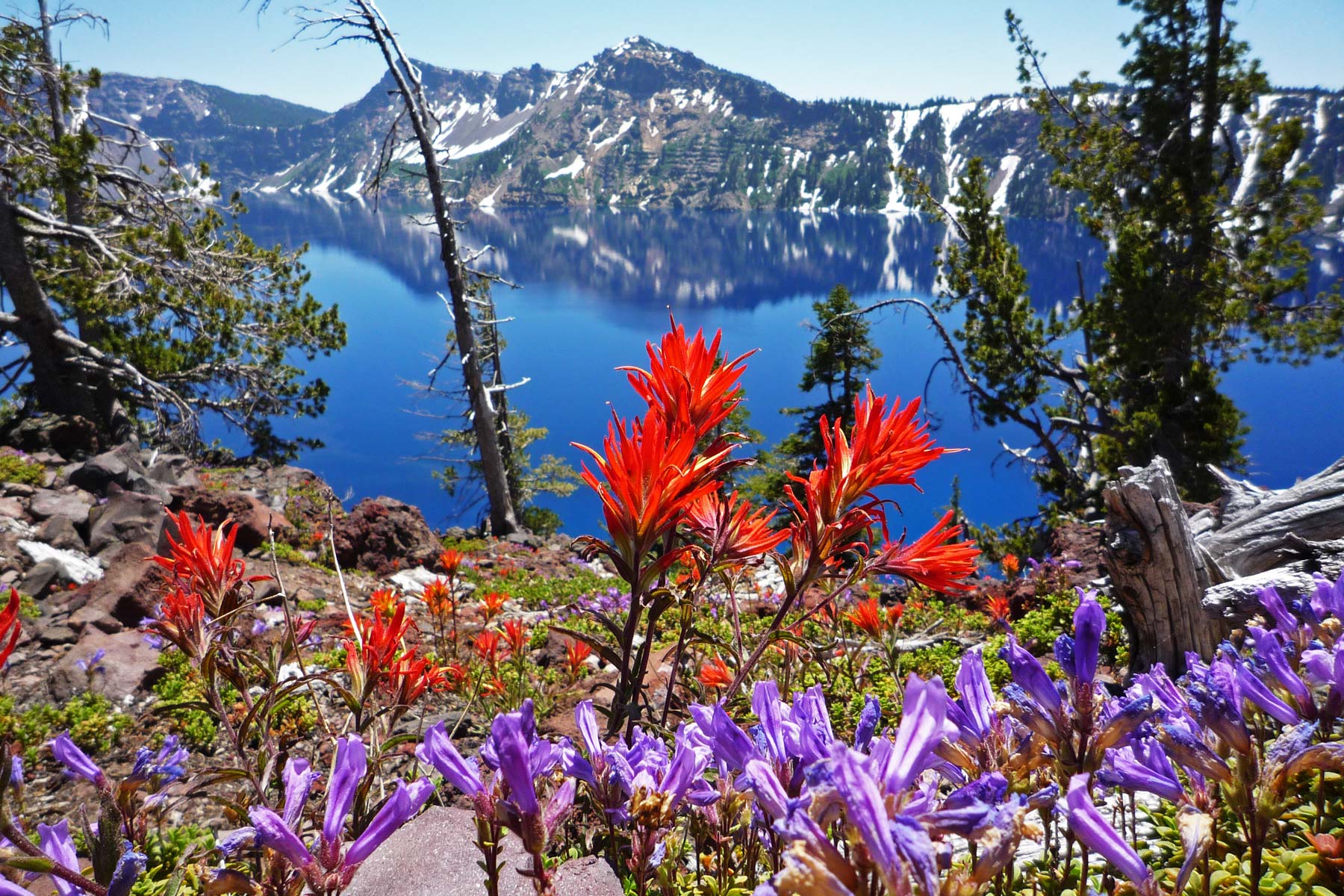
Table Of Contents: National Parks Near Portland
National Parks Near Portland
1. Crater Lake National Park
Distance From Portland: Four hours (232 miles) via I-5 S & OR-58.
Crater Lake National Park is located in southern Oregon and is known for its stunning natural beauty, including its deep blue lake, towering mountains, and lush forests.
The park has a rich history that dates back thousands of years and has been shaped by geological forces, human settlement, and preservation efforts.
The history of Crater Lake begins with the formation of the Cascade Range and the eruption of Mount Mazama, a volcanic peak that once stood over 12,000 feet tall.
Around 7,700 years ago, Mount Mazama experienced a massive eruption that caused the mountain to collapse and form a caldera, or a large, circular depression. Over time, the caldera filled with water, forming the deep blue lake that is now known as Crater Lake.
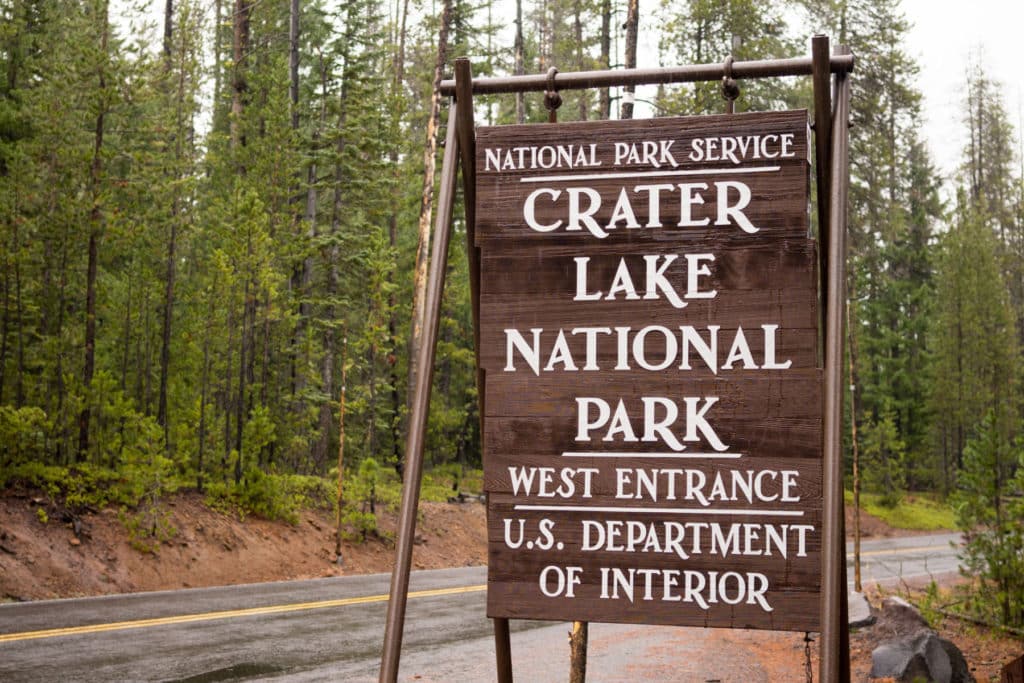
The Klamath People
For thousands of years, the Klamath people lived in the area surrounding Crater Lake and had a deep spiritual connection to the lake and its surrounding landscape.
In the late 1800s, Euro-American settlers began exploring the area, and Crater Lake was soon discovered by a geologist named Clarence Dutton, who was exploring the Cascade Range in search of volcanic features.
In 1902, Crater Lake was established as a national park, becoming the country’s sixth national park and the first in Oregon. Over the years, the park has been shaped by a variety of preservation efforts, including the construction of roads and facilities that have allowed visitors to experience the park’s natural beauty.
Today, Crater Lake National Park attracts thousands of visitors each year who come to experience its stunning scenery, rich history, and diverse ecosystem.
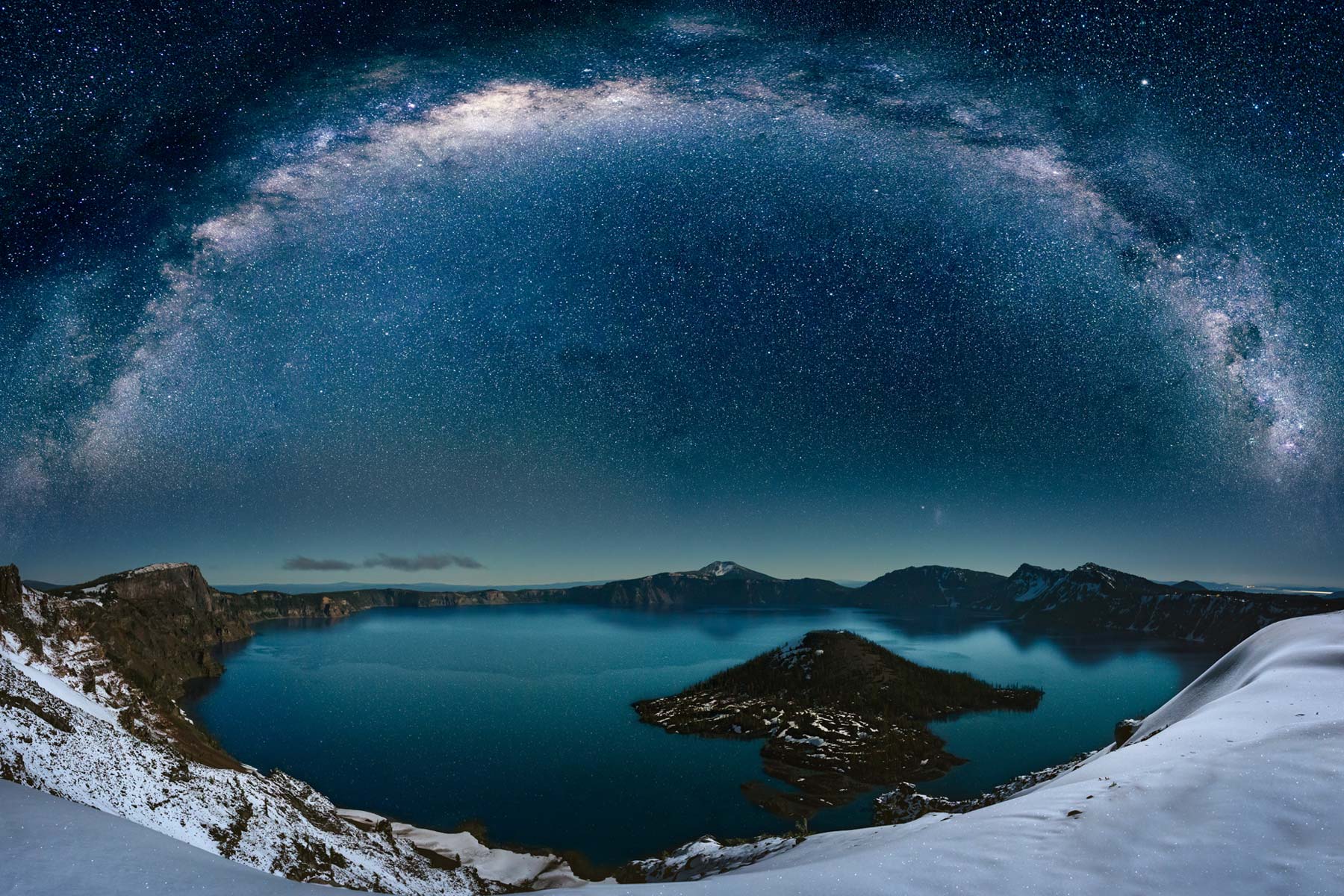
RELATED: 11 FASCINATING Crater Lake Facts (Interesting Trivia + Quick Facts)
Things To Do At Crater Lake
Here are a few things to do at Crater Lake National Park:
- Explore the lake: Crater Lake is the main attraction of the park and is one of the deepest lakes in the world. Visitors can take a scenic drive around the lake, hike to the rim for stunning views, or take a boat tour to get a closer look at the lake’s crystal-clear waters.
- Hiking: Crater Lake National Park offers a wide range of hiking trails, from easy walks to more strenuous backcountry treks. Popular trails include the Rim Drive Trail, which offers stunning views of the lake, and the Garfield Peak Trail, which provides panoramic views of the surrounding area.
- Wildlife viewing: Crater Lake National Park is home to a diverse array of wildlife, including deer, elk, and several species of birds. Visitors can spot these animals while hiking or take a guided tour to learn more about the park’s unique ecosystem.
- Camping: Crater Lake National Park offers several campgrounds that provide visitors with the opportunity to spend the night surrounded by the park’s natural beauty. From backcountry camping to RV sites, there is something for everyone.
- Ranger-led programs: Crater Lake National Park offers a variety of ranger-led programs, including guided hikes, campfire talks, and junior ranger programs, that allow visitors to learn more about the park’s history, geology, and wildlife.
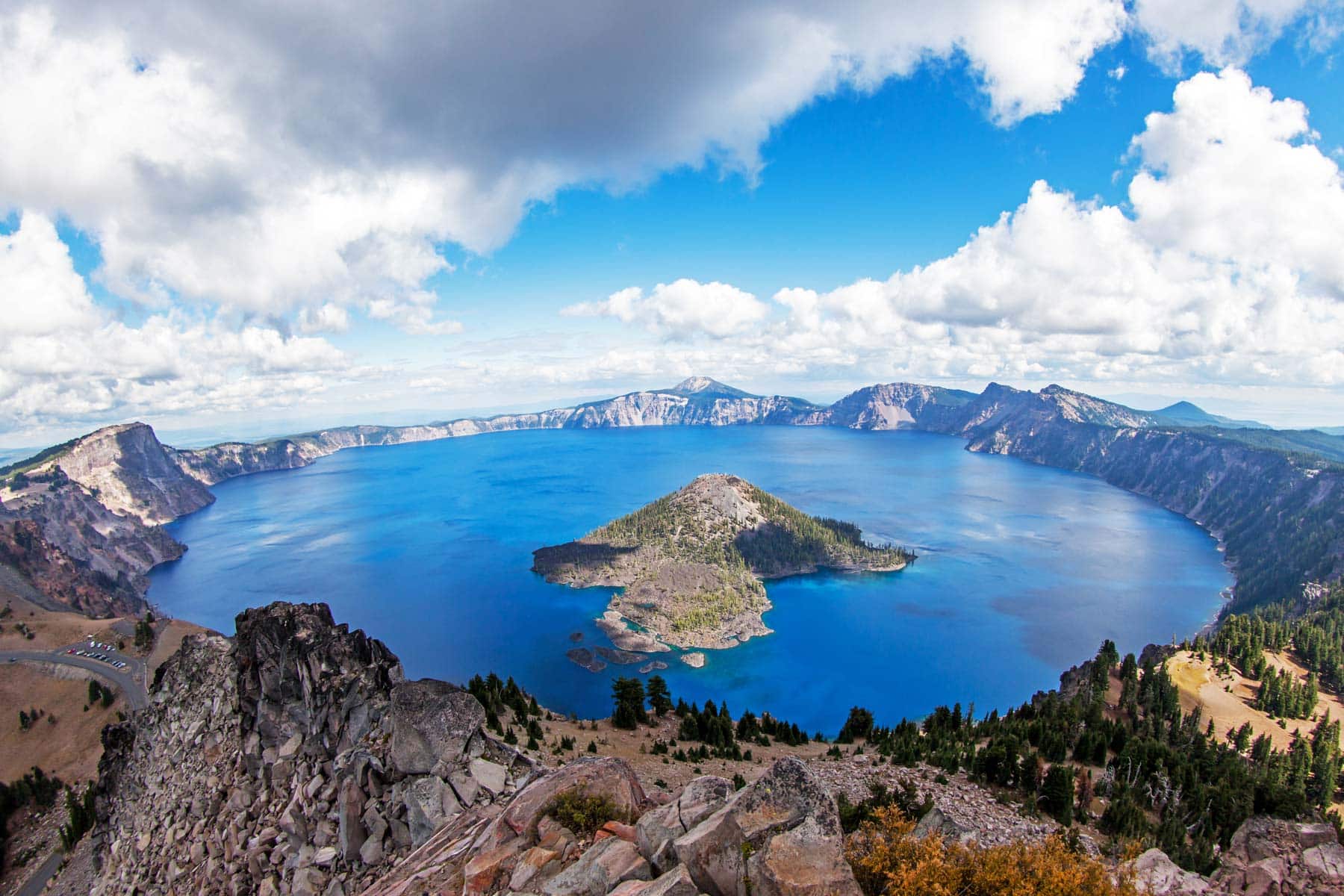
2. Fort Vancouver National Historic Site
Distance From Portland: Fifteen minutes (10 miles) via I-5 N.
Imagine a place where you can learn about archeology, aviation, colonization and settlement, explorers and expeditions, forts, industry, westward expansion, Native American heritage and so much more.
Fort Vancouver National Historic Site is located in Vancouver, Washington, and is dedicated to preserving and interpreting the history of the fur trading post and military fort that was established there in the early 1800s. The park was established in 1948 and is now part of the National Park Service.
Fort Vancouver was established by the Hudson’s Bay Company in 1825 as a fur trading post and was one of the largest and most important settlements in the Pacific Northwest region of the United States.
The fort was a hub of economic activity, serving as a center for trade, agriculture, and commerce. Over time, the settlement grew to include a large community of employees, their families, and other residents.

The Fort Was An Important Base Of Operations
During the mid-1800s, the United States military established a presence at Fort Vancouver, using it as a base of operations during the Mexican-American War and the Indian Wars. Over time, the fort was expanded and improved, and it played a key role in maintaining stability and order in the region.
Fort Vancouver National Historic Site was established to commemorate the important role that the fort and the settlement played in the development of the Pacific Northwest region of the United States.
The park contains a variety of historical structures, including restored buildings from the original fort and settlement, as well as interpretive exhibits that help visitors understand the events that took place at Fort Vancouver.
Today, Fort Vancouver National Historic Site attracts thousands of visitors each year who come to learn about the history of the Pacific Northwest region and to experience the unique blend of history, culture, and natural beauty that makes this park so special.
.jpg)
3. John Day Fossil Beds National Monument
Distance From Portland: Four hours (230 miles) via I-84 E & OR-19 S.
Imagine a world formed up to 40 million years ago. You can see that world on display at the John Day Fossil Beds National Monument. It’s a world of which preserve a world class record of plant and animal evolution, changing climate, and past ecosystems. And it’s all waiting for you to explore.

The History Of The John Day Fossil Beds
The history of the John Day Fossil Beds National Monument begins with the formation of the John Day River Basin, which was created by volcanic activity and erosion over millions of years.
The basin is home to a variety of rock formations, including volcanic ash beds and basalt flows, that provide a rich fossil record of the area’s ancient flora and fauna.
In the late 1800s, paleontologists and geologists began exploring the John Day River Basin and discovered a wealth of fossils, including some of the best-preserved records of early horses and other mammals in North America. The area was soon recognized for its scientific and historical significance, and in 1975, it was established as a national monument.

John Day Fossil Beds Today
Today, John Day Fossil Beds National Monument attracts visitors from around the world who come to experience its unique geology, rich fossil record, and scenic beauty.
The monument offers a variety of recreational opportunities, including hiking, camping, and wildlife viewing, as well as educational programs that allow visitors to learn more about the area’s unique history and geology.
Whether you are a scientist, a history buff, or simply someone who is interested in exploring the great outdoors, John Day Fossil Beds National Monument is a must-visit destination. The monument’s rich history, unique geology, and scenic beauty provide visitors with an unforgettable experience and a glimpse into the ancient world.
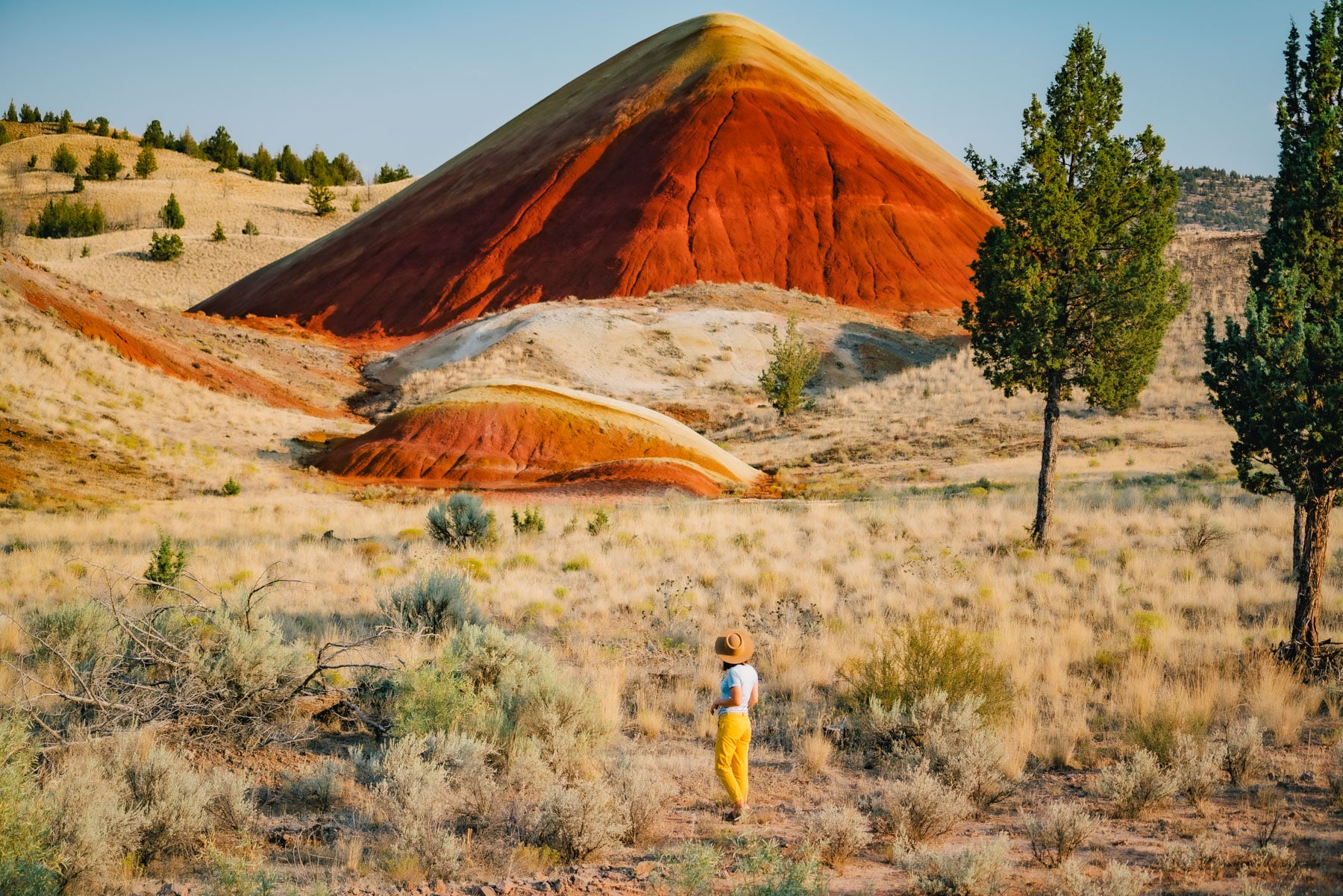
Outdoor Activities At John Day
There is no overnight camping at John Day, but river rafting is a popular activity there since portions of the John Day River system, including those travelling through John Day Fossil Beds National Monument, are designated as a National Wild and Scenic River as well as an Oregon Scenic Waterway.
Fishing is another activity that is legally permissible. Smallmouth bass and rainbow trout are abundant, but you will need an Oregon fishing license.
Biking is also permitted within the monument grounds on approved roadways.

More National Parks Near Portland
4. Nez Perce National Historical Park
Distance From Portland: Five hours and 24 minutes (332 miles) via I-84 E.
The Nez Perce National Historical Park is located in the Pacific Northwest region of the United States and is dedicated to preserving and interpreting the history and culture of the Nez Perce people.
The park was established in 1965 and encompasses over 38 sites spread across four states, including Idaho, Montana, Oregon, and Washington.

The Nez Perce War Of 1877
The Nez Perce people have lived in the region for thousands of years and have a rich and diverse culture that is rooted in their relationship with the land and their spiritual beliefs.
In the late 1700s and early 1800s, Euro-American settlers began to arrive in the region and the Nez Perce people faced increasing pressure to cede their land and adopt new ways of life.
In 1877, tensions between the Nez Perce people and the U.S. government erupted into conflict, and the Nez Perce War began.
The war was a series of battles and skirmishes that took place over several months and covered a vast area, from the Snake River in Idaho to the Bear Paw Mountains in Montana. The conflict ended with the surrender of the Nez Perce people, who were forced to leave their ancestral homelands and relocate to a reservation in Oklahoma.
Today, the Nez Perce National Historical Park is dedicated to preserving and interpreting the history and culture of the Nez Perce people.
The park offers a variety of recreational opportunities, including hiking, camping, and wildlife viewing, as well as educational programs that allow visitors to learn more about the Nez Perce people’s rich history and culture.
5. Oregon National Historic Trail
Distance From Portland: One hour and 26 minutes (78 miles) via US-26.
Westward Ho! The Oregon Trail was a 2,170-mile emigrant trail which connected the Missouri to valleys in Oregon. The original trail was established by fur traders and trappers. Shortly thereafter, wagon trains began the westward trek all the way to the Willamette Valley in Oregon.
From the early to mid-1830s (and particularly through the years 1846–1869) the Oregon Trail and its many offshoots were used by about 400,000 settlers, farmers, miners, ranchers, and business owners and their families. A lot of folks were on the move!
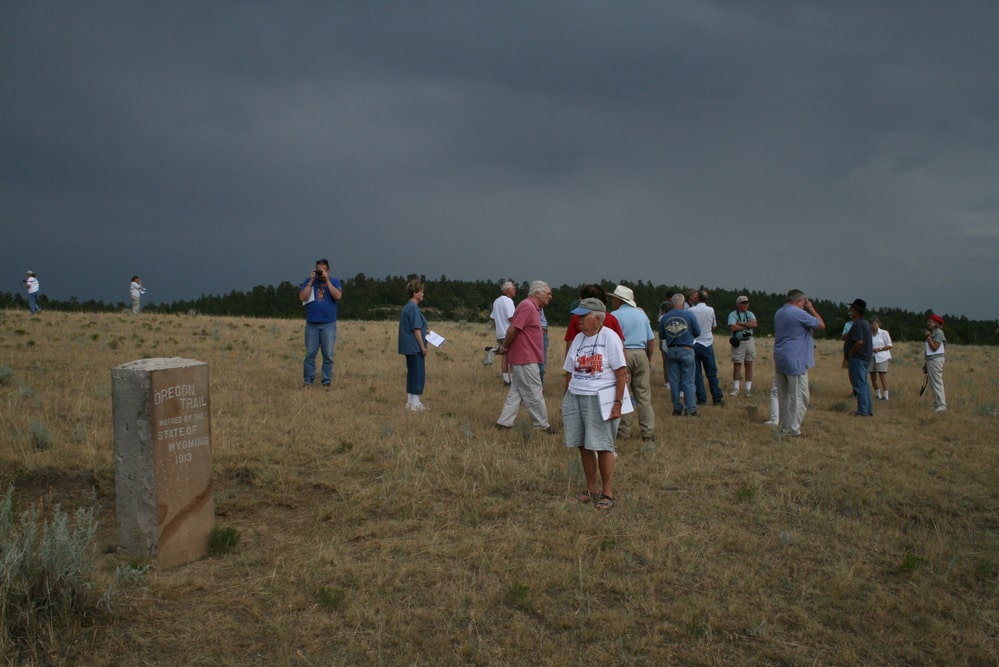
Experience The Oregon Trail In Oregon
Oregon Trail sites in Oregon include:
- Keeney Pass Interpretive Site: It’s named for pioneer trader Jonathan Keeney, is located on the outskirts of Vale in Eastern Oregon. Today, you can still walk along the original wagon ruts at Keeney Pass and reflect on the famous journey.
- Farewell Bend State Recreation Area: Here you can experience a beautiful desert experience on the banks of the Snake River’s Brownlee Reservoir. Historic markers and interpretive displays provide visitors with information on Farewell Bend’s significance on the Oregon Trail.
- The National Historic Oregon Trail Interpretive Center: It dramatically tells the story of the hopes, dreams, joys, and heartaches of Oregon Trail-era pioneers.
- Hilgard Junction State Park: It offers camping and daytime activities amongst the cottonwood and ponderosa pine. While you’re there you can see ruts of the historic Oregon Trail at the nearby Blue Mountain Crossing Interpretive Park. (Source: Travel Oregon)
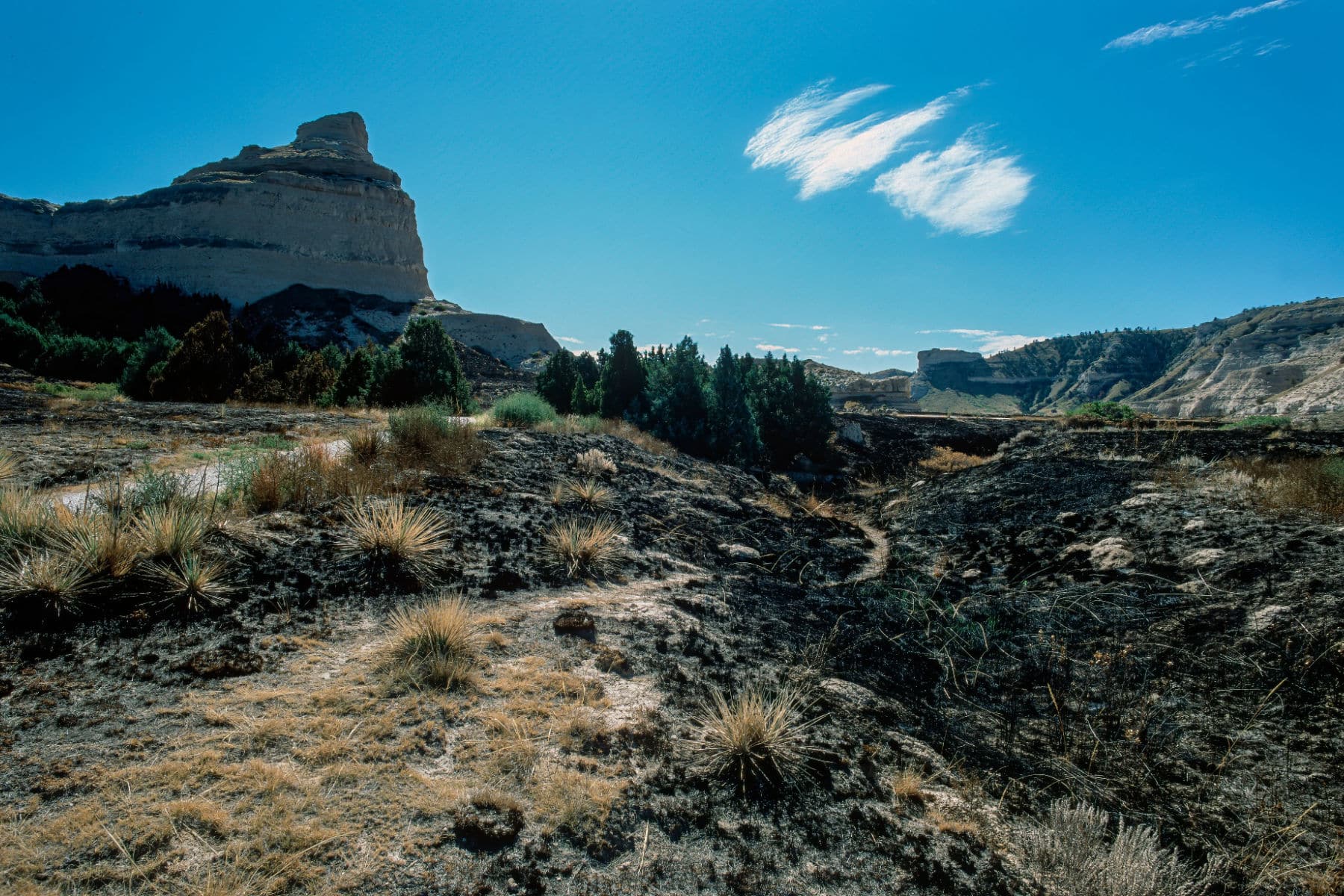
6. Oregon Caves National Monument & Preserve
Distance From Portland: Approximately five hours (293 miles) via I-5 S.
This park is truly a gem as there is so much to see and do. If you love to watch wildlife then you can see black bears, bobcats, cougars and the Columbian black-tailed deer. If you prefer smaller animals there’s also chipmunks and ground squirrels too.
There are seven different hiking trails to choose from. They include:
- Cliff Nature Trail: It’s a one mile trail which features marble outcrops, fir forests and panoramic views of the Illinois Valley.
- Big Tree Trail: It’s a 1.3 mile trek up a steep climb that takes you through mountain meadows and forests. You can also see the widest-girthed Douglas-fir tree known to exist in Oregon.
- Old Growth Trail: From the visitors center you can climb past oak trees, over marble outcrops, and through old growth forests on this one mile trail.
- No Name Trail: Here you’ll encounter streams, mossy cliffs, and dense forests. Hikers can walk underneath the covered bridge along Cave Creek.
- Cave Creek Trail: This one’s a longer trail at 3.6 miles. Remember, however, that it’s not the destination, but the journey as you’ll be treated to dense forest, splashing streams, and rock outcrops.
- Bigelow Lakes – Mt. Elijah Loop Trail: This one is not for the faint hearted. It’s a 9.2 mile trek to the summit of 6,390 foot Mt. Elijah. Along the way you’ll see gorgeous meadows and pristine lakes.
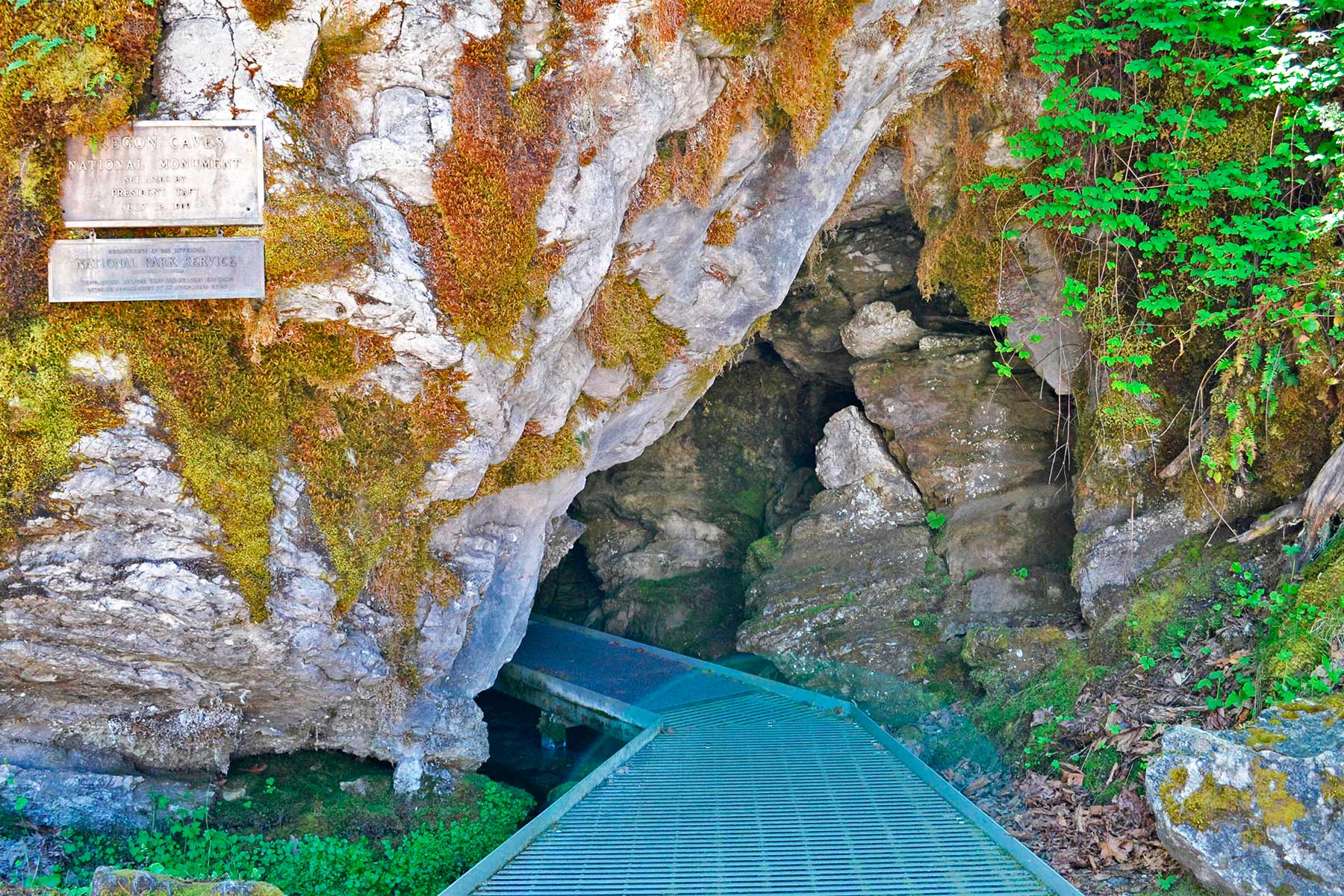
National Parks Near Portland FAQ
The Mt. Hood National Forest is 20 miles away from Portland making it Oregon’s largest city’s backyard National Forest. It extends south from the Columbia River Gorge across more than sixty miles of forested mountains, lakes and streams to Olallie Scenic Area, a high lake basin under the slopes of Mt. Jefferson.
The Willamette National Forest offers a stunning choice of year round recreation for day-trippers and vacationers alike from scenic drives, hiking, camping, fishing or skiing to picnicking or rafting along one of our scenic rivers. Seven major volcanic peaks rise within the Forest’s Wilderness areas.
Why Trust Us About National Parks Near Portland?
We’re Jim Pattiz and Will Pattiz, collectively known as the Pattiz Brothers (and sometimes the Parks Brothers) and we absolutely LOVE the national parks.
You should probably know that we don’t just make this stuff up out of thin air. We’ve spent our entire adult lives exploring and filming America’s national parks and public lands.
We’ve worked with the National Park Service, the Department of Interior, USDA, and the U.S. Forest Service for years creating films on important places and issues. Our work has been featured in leading publications all over the world and even some people outside of our immediate family call us experts on the national parks.
Meet The Parks Brothers
Map Of National Parks Near Portland
List Of National Park Sites Near Portland
- Crater Lake National Park
- Fort Vancouver National Historic Site
- John Day Fossil Beds National Monument
- Nez Perce National Historical Park
- Oregon National Historic Trail
- Oregon Caves National Monument & Preserve
We Hope You’ll Follow Our Journey

Our goal here at More Than Just Parks is to share the beauty of America’s national parks and public lands through stunning short films in an effort to get Americans and the world to see the true value in land conservation.
We hope you’ll follow our journey through the parks and help us to keep them the incredible places that they are. If you’re interested in joining the adventure then please sign up below!
national parks near portland, portland national parks, national parks near portland, portland national parks, national parks near portland, portland national parks, national parks near portland, portland national parks, national parks near portland, portland national parks, national parks near portland, portland national parks, national parks near portland, portland national parks, national parks near portland, portland national parks, national parks near portland, portland national parks, national parks near portland, portland national parks, national parks near portland, portland national parks, national parks near portland,
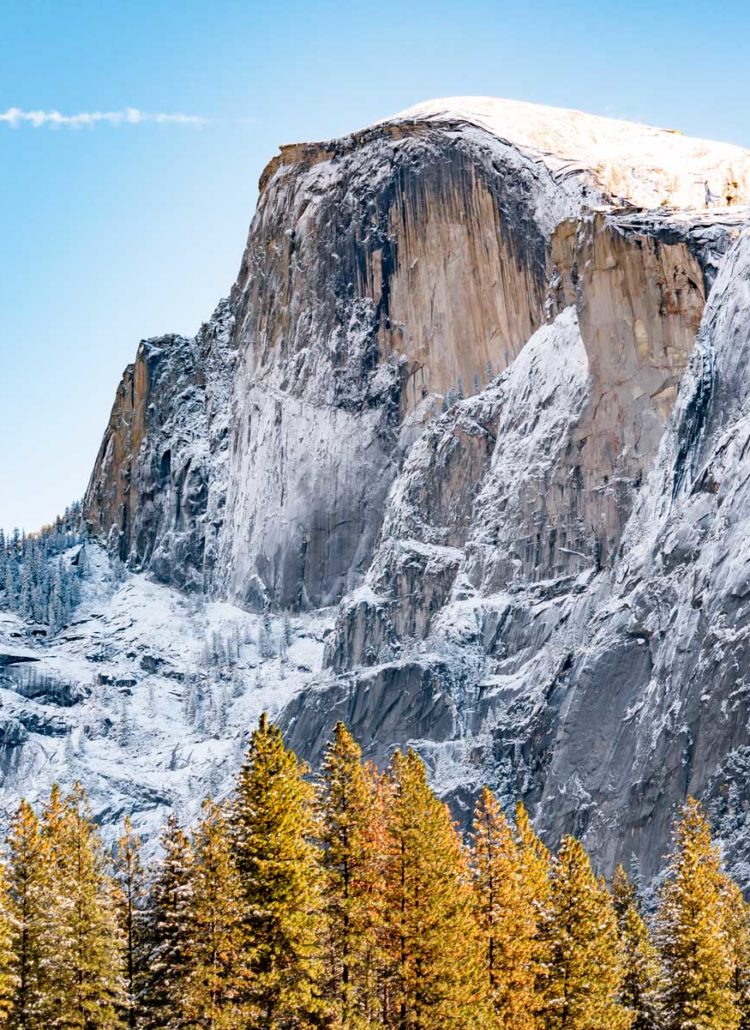
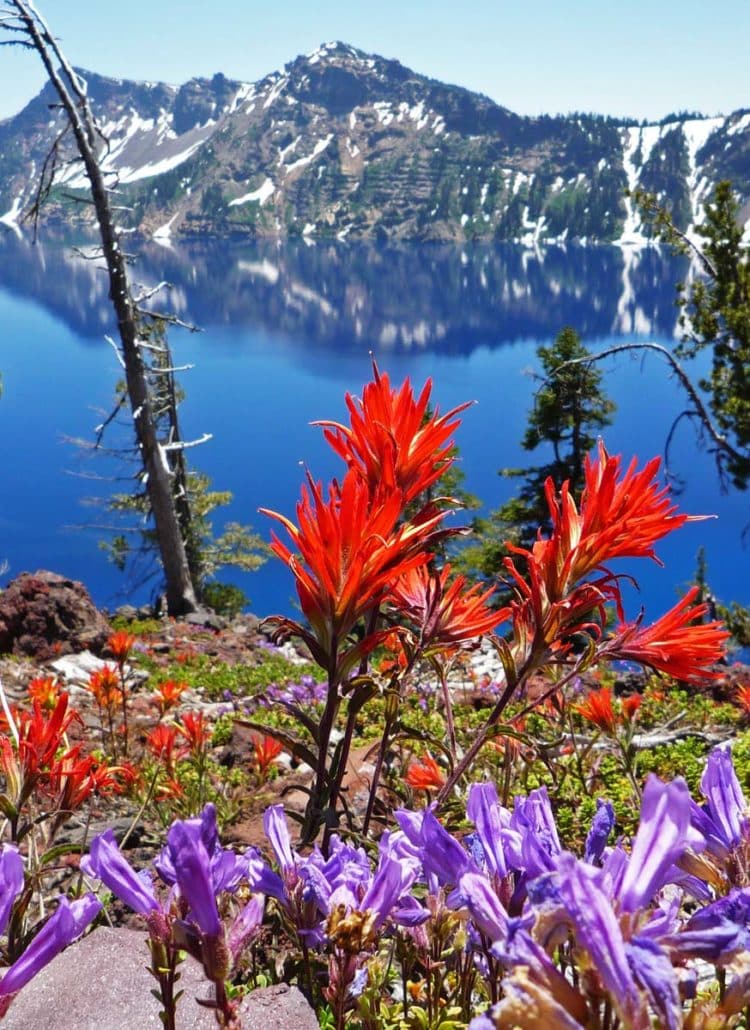

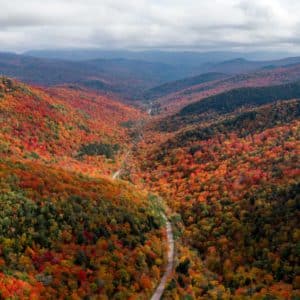

Leave a Reply